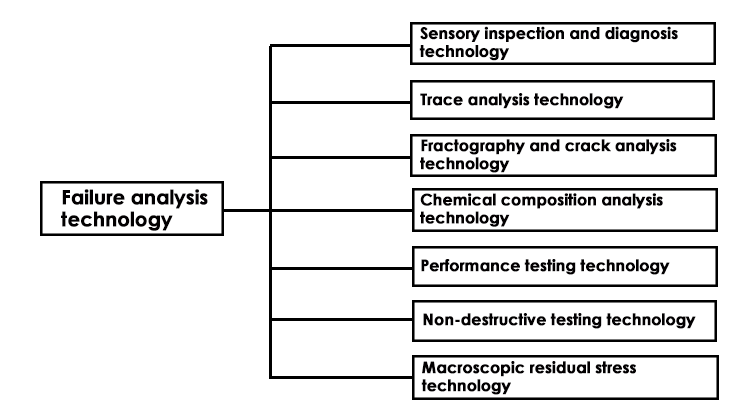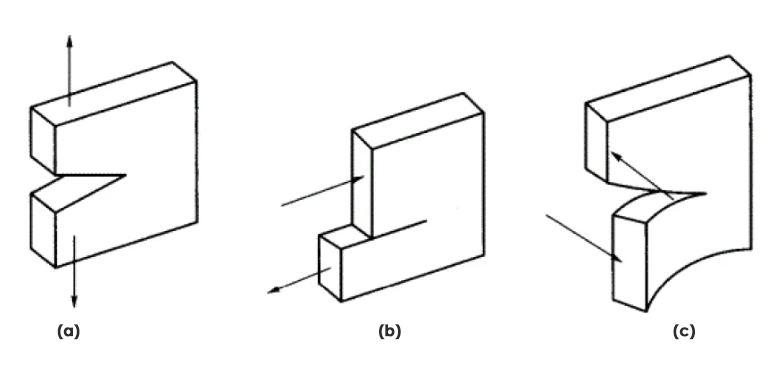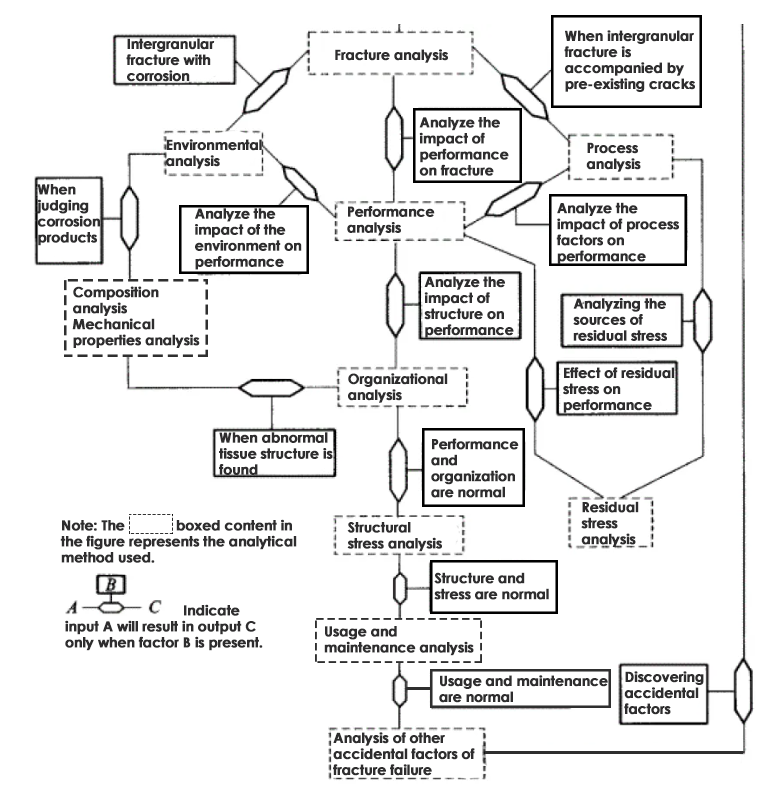
I. Fracture Types
Ductile fracture: Significant plastic deformation occurs before fracture; the fracture surface appears dark gray with a fibrous morphology.
Brittle fracture: Little or no plastic deformation occurs before fracture; the fracture surface is bright, crystalline, and relatively flat.
In general, when the reduction of area (RA) is less than 2–5%, it is considered brittle fracture, and such materials are classified as brittle materials; otherwise, they are ductile materials.
 II. Fracture Path
II. Fracture Path
Intergranular fracture: Crack initiation and propagation occur along grain boundaries.
Transgranular fracture: Crack initiation and propagation occur within the grains.
Transgranular fracture may be ductile (micro-void coalescence fracture) or brittle (cleavage fracture, transgranular stress corrosion cracking).
Intergranular fracture is mostly brittle (hydrogen embrittlement fracture), but in some cases it may be ductile (high-temperature creep fracture).
III. Fracture Mechanisms
Dimple fracture
Cleavage fracture
Fatigue fracture
Environment-assisted fracture (creep, stress corrosion cracking (SCC), hydrogen embrittlement)
IV. Three Characteristic Zones of the Fracture Surface
Fibrous zone:
Located at the center of the fracture surface, perpendicular to the applied stress.
Rough, fibrous concentric patterns; dark gray in color.
Often shows microscopic voids and serrated features.
Grains at the base are elongated like fibers, represents the crack initiation zone.
Radial zone:
Displays radiating patterns, characteristic of brittle fracture.
The divergence or convergence of the radiating lines indicates the direction of crack propagation.
The boundary between the fibrous zone and the radial zone marks the transition from stable crack growth to unstable, rapid crack propagation.
Shear lip zone:
Smoother surface with metallic luster, inclined at ~45° to the tensile stress direction.
Appears gray with feather-like morphology.
 V. Fracture Process
V. Fracture Process
Crack initiation
VI. Crack propagation: subcritical (stable) growth stage
Unstable rapid propagation
VII. Dislocation Theories of Crack Formation (Crack Nucleation Models/Mechanisms)
Dislocation pile-up theory — Stroh theory
Dislocation reaction theory — Cottrell theory
Dislocation wall side-motion theory
Cross-slip nucleation theory
Same-sign edge dislocation clustering nucleation theory